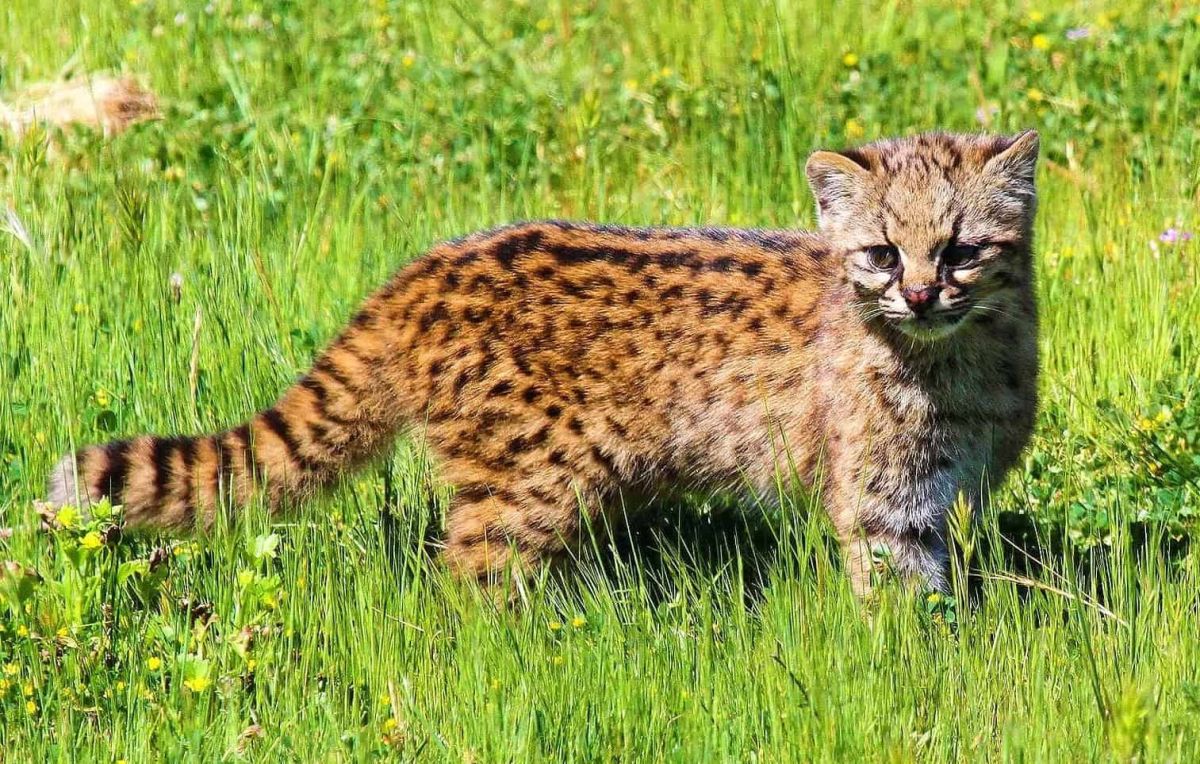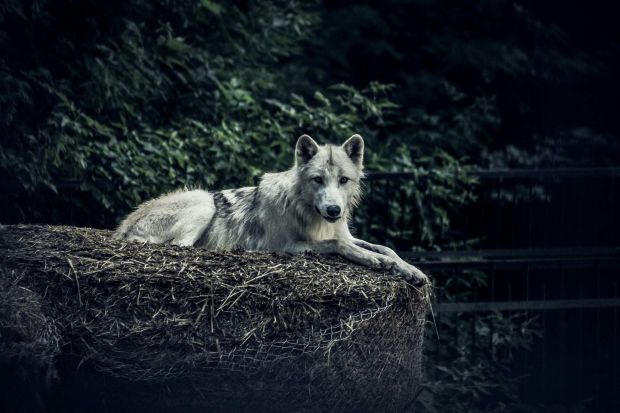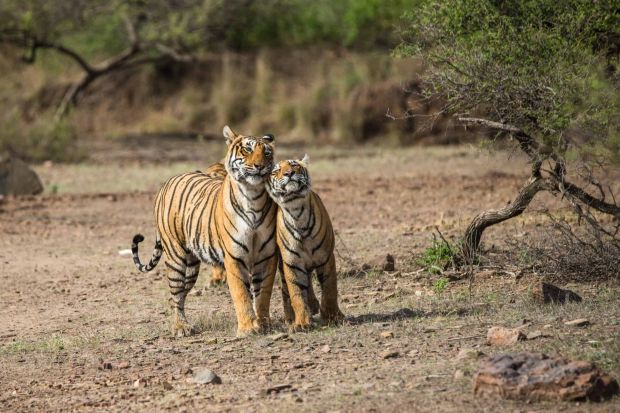The Kodkod: A Little Known Gem of the Chilean Wilderness

Tucked away in the dense forests of central and southern Chile and Argentina, the Kodkod (Leopardus guigna) is a small wild cat that often flies under the radar, overshadowed by larger felines like the jaguar and puma. However, this elusive creature is a fascinating example of biodiversity and a critical component of its native ecosystem.
Physical Characteristics
The Kodkod is one of the smallest wild cats in the world, measuring about 50 to 80 centimeters (20 to 31 inches) in length, with a tail that can add an additional 25 to 30 centimeters (10 to 12 inches). Weighing between 3 to 5 kilograms (6.5 to 11 pounds), the Kodkod is characterized by its sleek body, short legs, and relatively large head. Its coat is typically yellowish-brown or gray, covered in black spots and stripes, which serve as effective camouflage against the dappled light of the forest floor.
Habitat and Distribution
Primarily found in the temperate rainforests of Chile, the Kodkod inhabits areas rich in foliage, where it can hunt and find shelter. The cat has a range that spans from the coastal regions to the Andes Mountains, specifically in areas with dense underbrush and trees that offer plenty of hiding spots. Unfortunately, its habitat is threatened by deforestation, urbanization, and agriculture, making conservation efforts critical.
Diet and Hunting
Kodkods are opportunistic carnivores, preying on small mammals, birds, and reptiles. Their diet primarily consists of rodents and small birds, making them skilled hunters. They are known to be incredibly agile, capable of climbing trees and navigating their arboreal environments efficiently. Their hunting techniques are often stealth-based, relying on camouflage and quick reflexes to ambush prey.
Behavior and Reproduction
Kodkods are generally solitary creatures, coming together only during mating season. They are primarily nocturnal, which adds to their elusive nature. During the day, they find shelter in dense foliage or fallen logs, remaining hidden from predators and human disturbances. Kodkods communicate through vocalizations, scent markings, and body language, showcasing a range of behaviors that contribute to their survival.
The mating season typically occurs from August to December, with females giving birth to litters of 1 to 4 kittens after a gestation period of about 70 to 75 days. The young remain with their mother for several months, learning essential survival skills before venturing out on their own.
Conservation Status
The Kodkod is currently classified as Near Threatened by the International Union for Conservation of Nature (IUCN). Habitat loss due to logging, agriculture, and urban development poses the greatest threat to their survival. Additionally, persecution from farmers who view them as threats to livestock has also contributed to their declining numbers.
Efforts to conserve the Kodkod include habitat protection, wildlife corridors, and public awareness campaigns to educate local communities about the importance of preserving this beautiful species. Ecotourism initiatives in the region also aim to provide economic incentives for local people to engage in conservation efforts rather than destructive practices.
Conclusion
Though small and often overlooked, the Kodkod plays a vital role in the ecosystems it inhabits. As conservation efforts continue to promote awareness of this unique feline, there is hope that the Kodkod will thrive in its native habitat, preserving not only its existence but also the rich biodiversity of the Chilean wilderness. By understanding and appreciating the Kodkod, we take a step toward a more sustainable and harmonious coexistence with the incredible wildlife that shares our planet.



